This is a reprint of a post from the Primitive Pursuits blog by Kirsten Wise from 2015
In September I had a chance to visit the Ithaca Forest Preschool just as the school year began.
Spiders. Fires. And monsters making ice cream.
Stranger things have happened at the Ithaca Forest Preschool. In a classroom where the walls are made of hills and the forest canopy provides windows to endless possibilities, learning and imagination run rampant.
In January 2014, Primitive Pursuits founder Tim Drake and team member Melissa Blake decided to start a preschool-aged nature education program. Blake says she didn’t want to wait until her son was six to get involved in the wilderness experiences that Primitive Pursuits was providing. By that March, a pilot program was up and running one day a week. Today the program runs five days a week and in two locations.
This fall, on the first program day, some kids already knew the lay of the land, having returned from a previous season. Others were just getting acclimated to the space, taking advice from the returners on how to create paint from sedimentary rocks and charcoal. When the time came to head down the trail, some chose a stony path along a creek, while others climbed over a log that spanned the leafy forest floor. A few asked mentors Melissa and Sean for help, or just saved the challenge for another day.
Later, they headed back to the creek to collect water for an activity. But once a toad was spotted, the task was all but forgotten to explore the differences between frogs and toads.
“There’s so much required of them,” Blake says as the children carry steel pots and rocks. Not only is it their first time without their parents, but for some, there is also the adjustment of being outside for hours at a time. However, as Blake has seen over the years, no matter the different exposure they have coming in, it’s evident that “young children naturally really want to be outside.”
In another area, a small tree had fallen across a tree trunk lying on the ground. Because of this, it could bounce. A boy belly-scooted along the tree and invited an instructor to come, too. They were going to “the ice cream store.” It was like Max’s imaginings in Where the Wild Things Are, but in reverse. Instead of the posts of Max’s bed turning into trees, the trunk began to morph into something industrial. Note to adult: regardless of where a child is, there is always another world to be found.
These preschoolers may not understand how unique their forest classroom is—however, it is evident that their skill-sets and level of comfort with nature surpasses many who are much older. Blake recalls a snowy spring break when there was a week-long program for teenagers near by. At first, many of the young adults seemed timid with their surroundings and uncomfortable in their lack of proper clothing. The youngsters, however, were embracing the cold and playing in the deep snow, bundled well in the lessons of winter preparedness.
At one point on Friday, one boy lingered back from the group and picked up a branch, thin and two feet long with a dangling limb.
“It’s a monster!” He whispered.
“Oh, no!” I gasped.
Quickly, he had to tell me about one of his favorite animals.
“I like bats,” he said, “because they eat frogs and mosquitos!”
I asked if he had ever seen a bat. He said no, but he knew they stayed together, “Like 1300 of them! In a big circle!”
I considered what a wild thought this was, for both of us.
A steep hill with a giant tree trunk providing a railing seemed to be the largest attraction of this forest classroom. A group of four kids began to climb, with a mentor following them. Within minutes, another boy notices them and races toward them, until he abruptly stops at the foot of the hill. He needs to make sure an instructor is there to watch him. Once he gets the okay, he speeds up the hill until he reaches the tricky part—where the mound becomes steep and the tree trunk is out of reach. There, he joins the other kids whose steps are becoming more deliberate, more thought-out. It takes each child a good three minutes to reach the top, listening to suggestions from their mentors and not getting upset when they fall. Some announce their delight before sliding back down.
But most are quiet, only giving you a smile that asks you to believe what they just did, because they barely believe it themselves.
At the end of each day, the kids have lots to tell. Genna Knight says when she picked up her son Rowan from class, “he was smiling and chatty and told stories the whole way home about his morning. He called both sets of grandparents and told them all about it.” When asked how many days he wanted to attend Forest Preschool, he replied, “Eight days a week!”
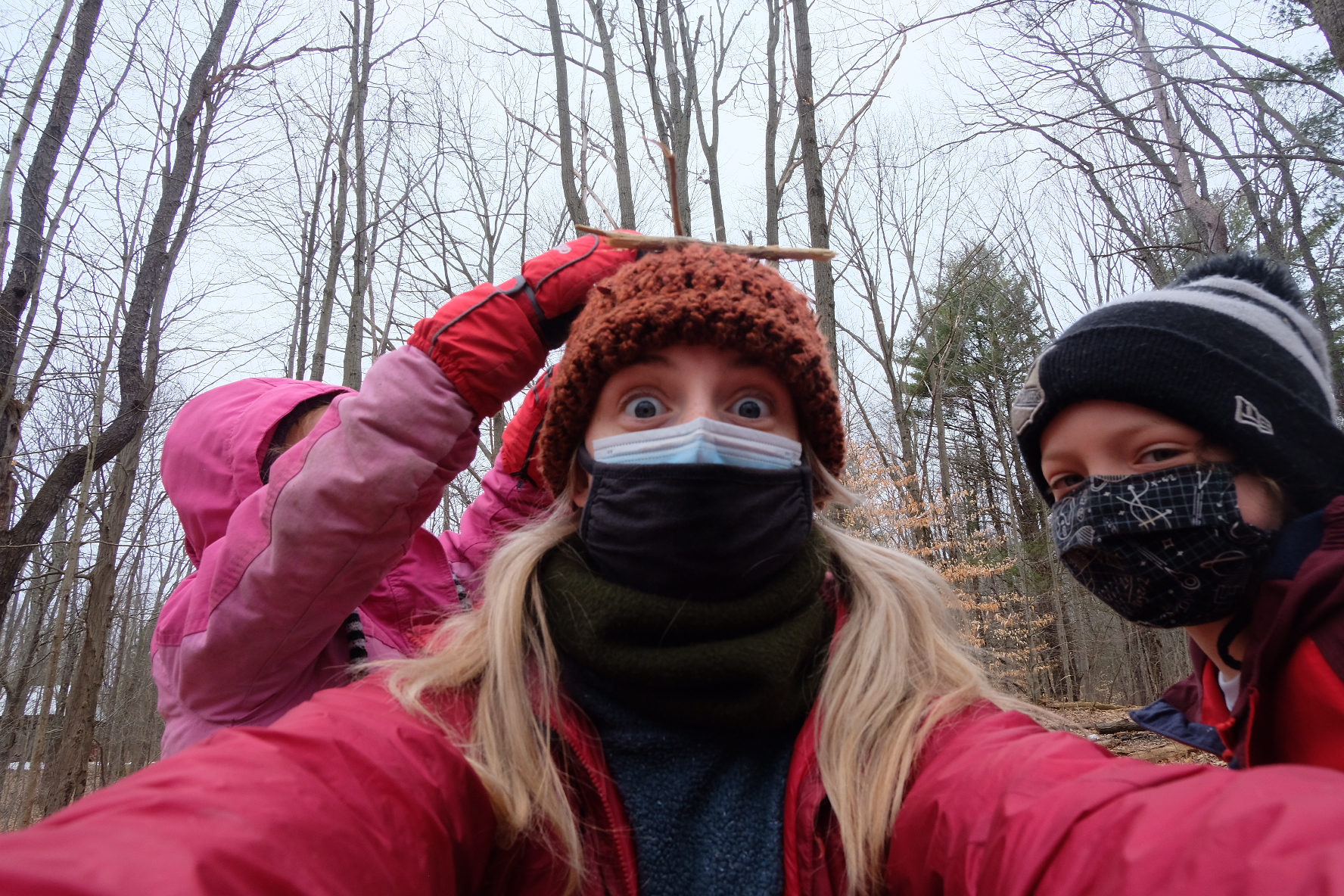

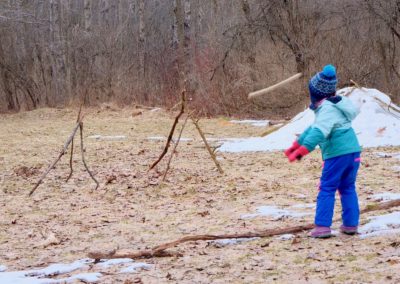
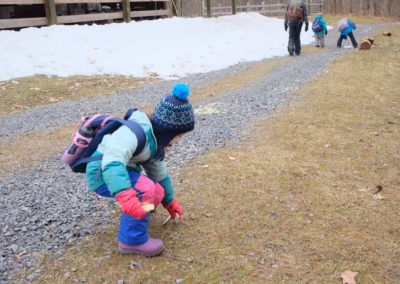
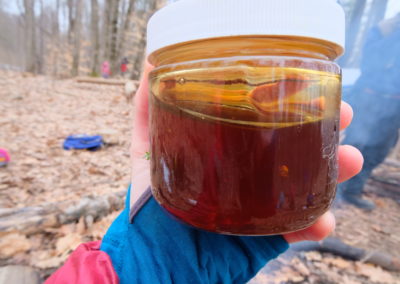




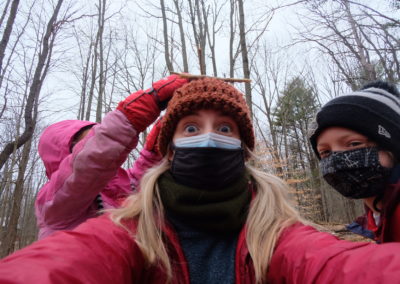
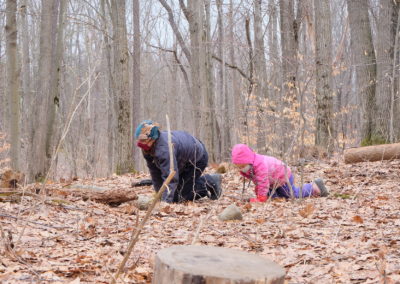

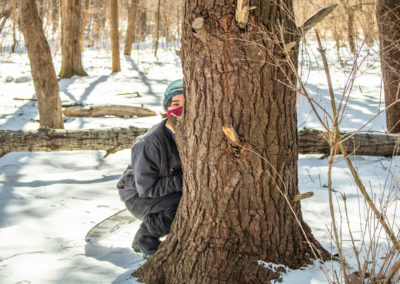
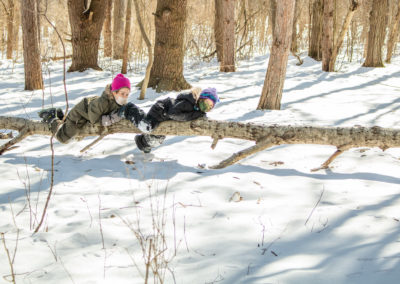

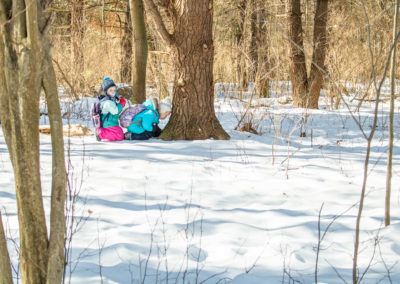
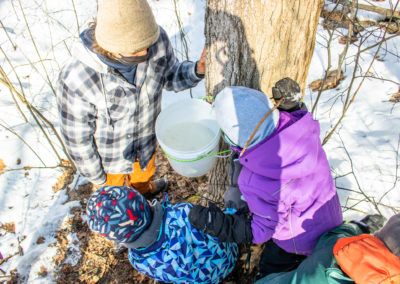
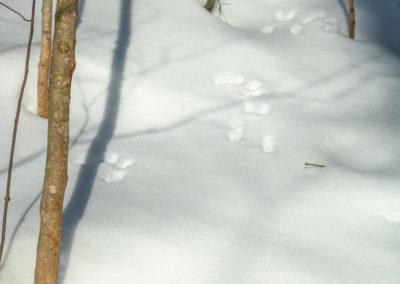
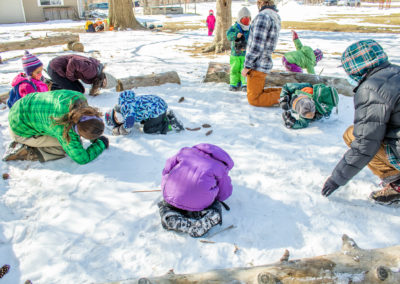

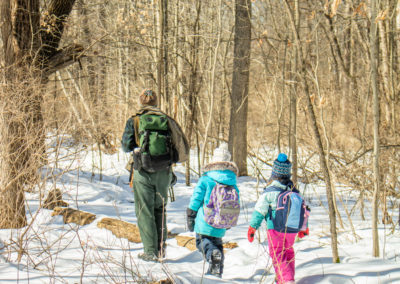

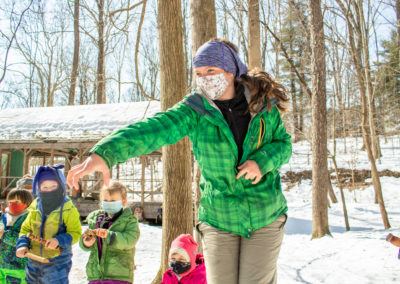

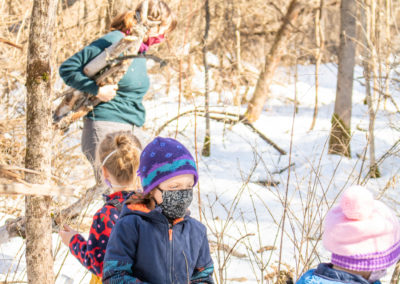
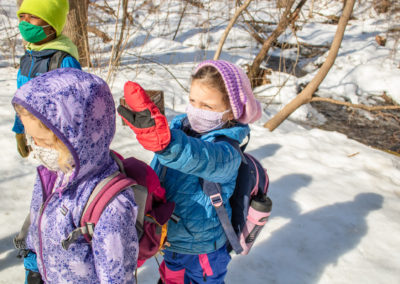

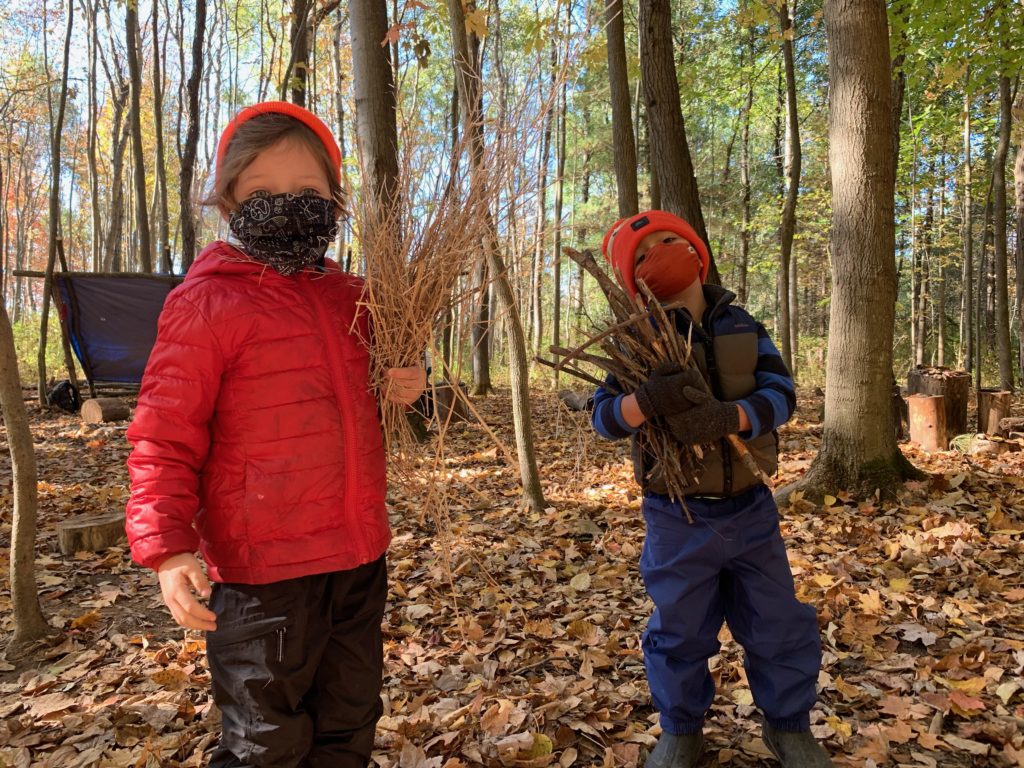



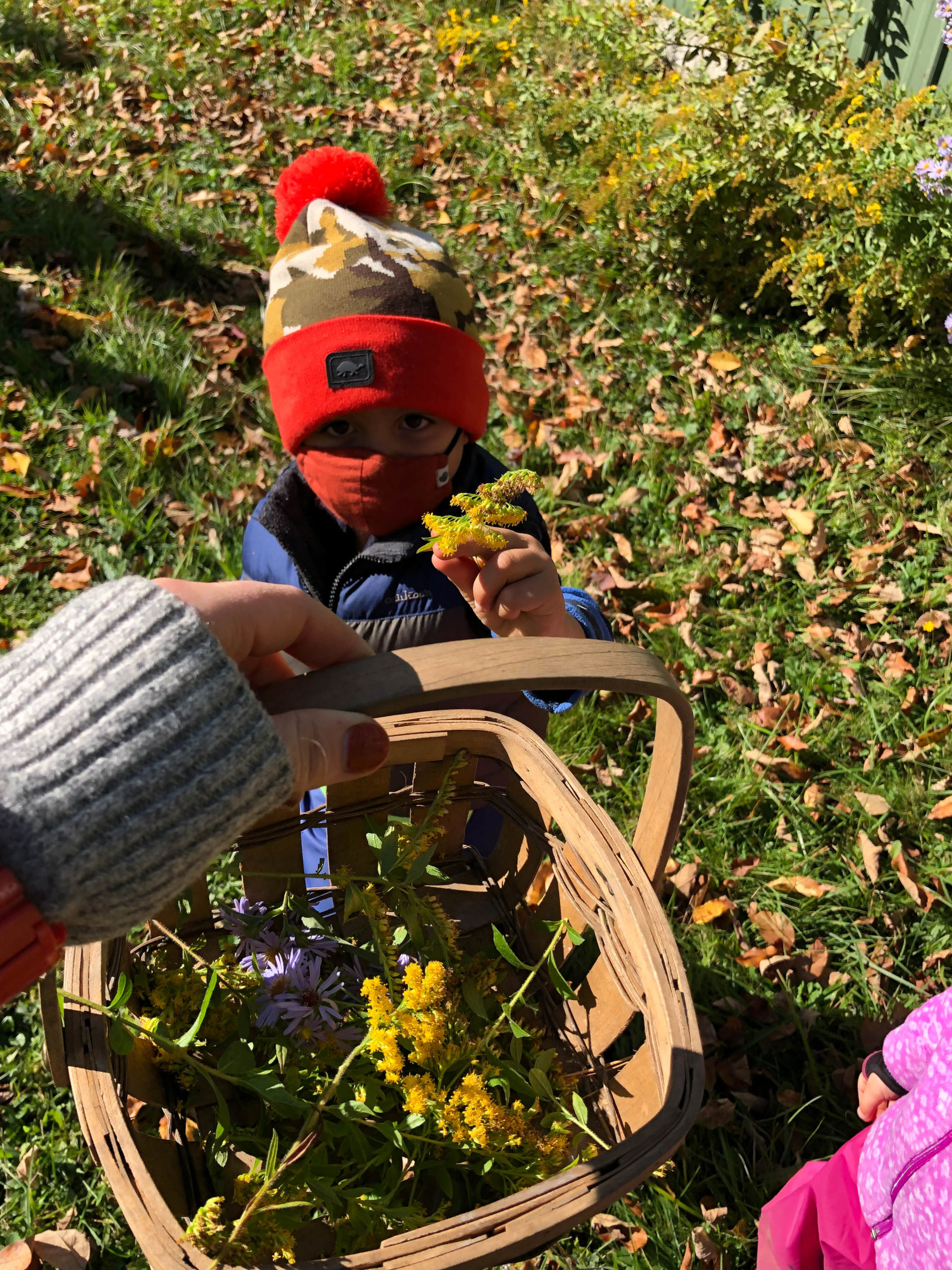

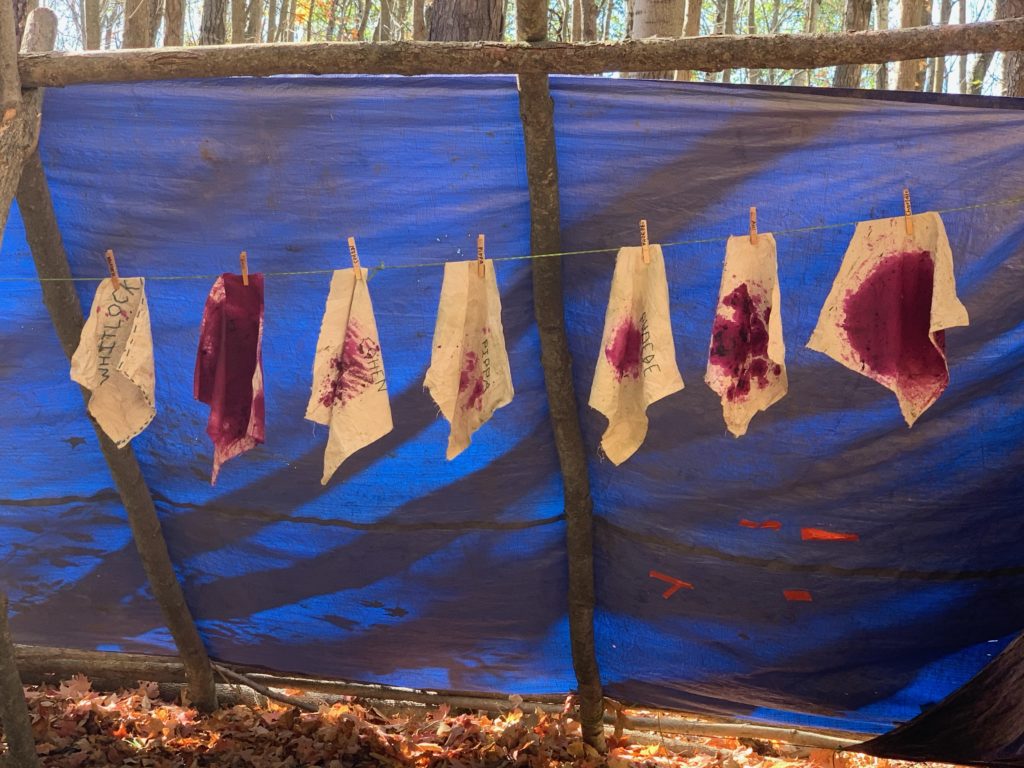
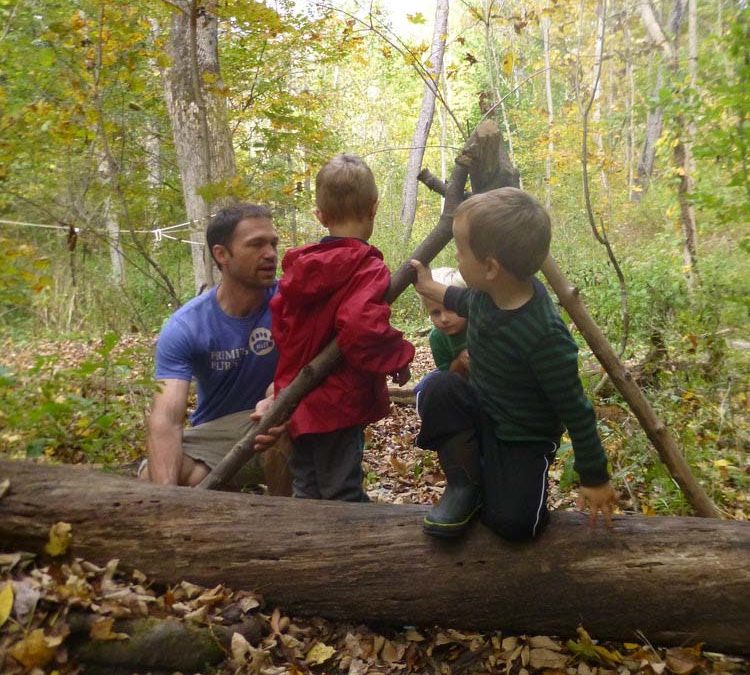

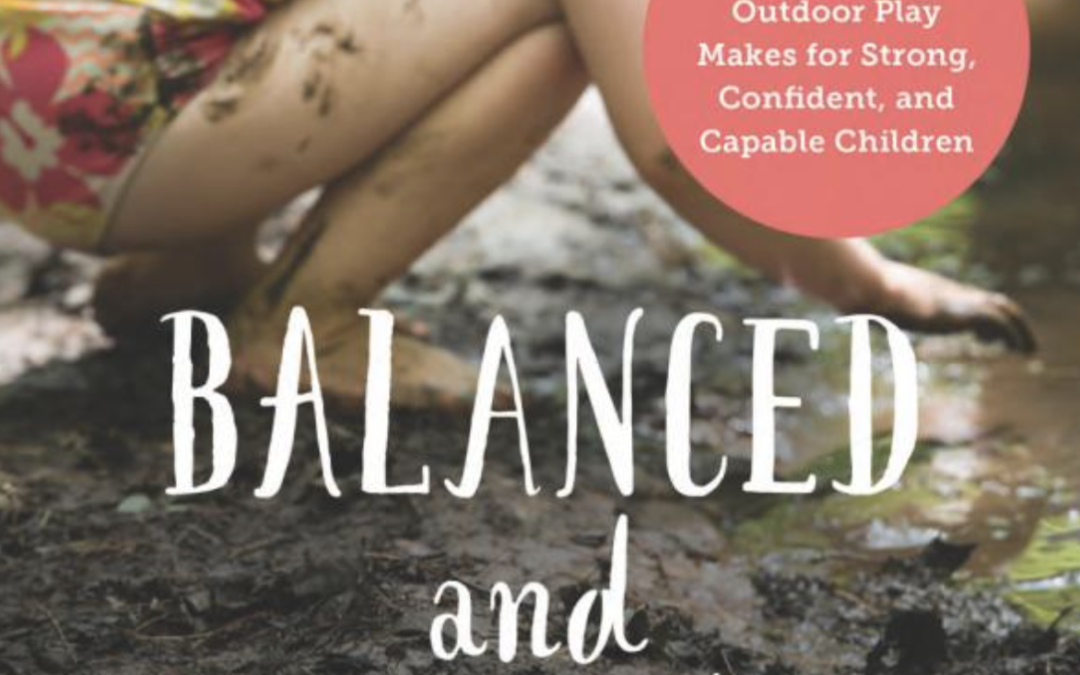


Recent Comments